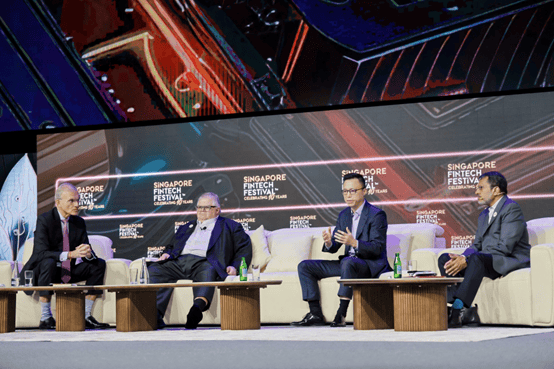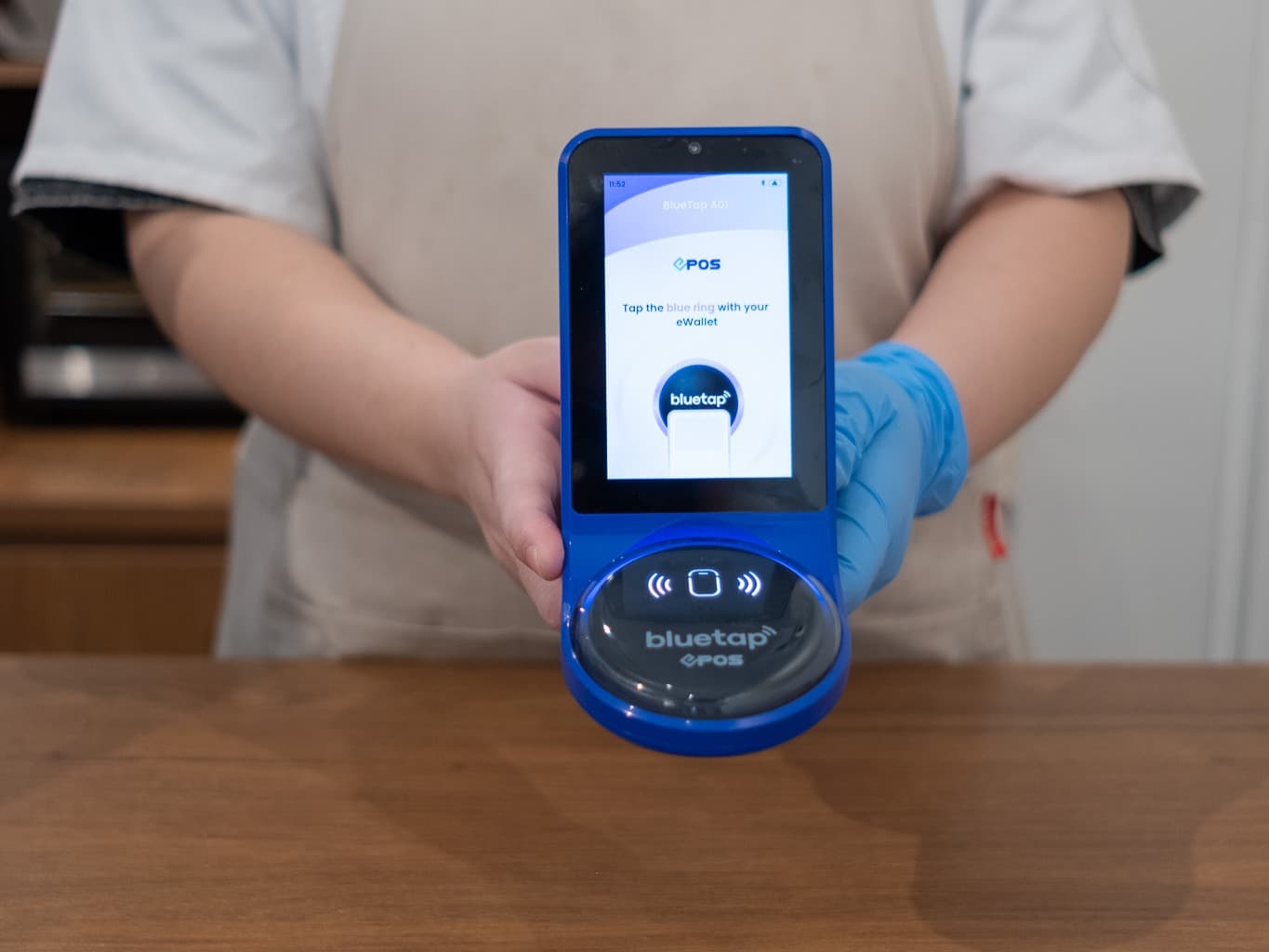
How IoT-powered tracking tech is reshaping supply chains and payments
By Sam Colley, CEO, Pod Group
In today’s fast-paced global economy, companies are constantly seeking innovative solutions to accelerate trade payments, enhance transparency, and certify the validity of transactions. One of the most promising technologies that has emerged to address these challenges is IoT-powered tracking technology. This revolutionary technology is reshaping supply chains and payments, transforming traditional business practices and unlocking new levels of efficiency and visibility.
The introduction of enhanced monitoring technology has paved the way for a more streamlined and secure approach to corporate trade payments and supply chain activities. Such technological innovations support with seamless payment processing and supply chain management, removing the need for manual processing and increasing levels of security.
At the forefront of this transformation are tracking devices equipped with position monitoring, temperature, and humidity sensors, as well as motion detection capabilities. For instance, Pod Group’s 2mm Smart Shipping Label, armed with LTE-M connectivity and a printed battery with up to 6 months’ lifespan, has become a game-changer. The device is adept at updating shipment statuses for packages of varying sizes and shapes, significantly improving logistical visibility and management.
One of the significant benefits of integrating IoT-powered tracking devices is the heightened level of transparency they bring to trade and payment processes. For years, companies have struggled to gather accurate shipment status and product quality data. However, with the deployment of tracking devices, real-time data is delivered, enhancing decision-making, and fostering greater engagement between suppliers and customers. This newfound openness builds trust and strengthens partnerships between businesses and their associates.
Furthermore, the technology extends its impact to the very core of trade payments. The need for heightened security to combat fraud and ensure payment only upon the fulfilment of shipping criteria is paramount. Traditional methods, such as letters of credit, can be vulnerable. IoT-enabled track and trace devices, such as the Smart Shipping Label, offer a solution by creating payment conditions tied to geolocation, temperature tracking, and motion detection. Payments are triggered only when these predefined conditions are met, eliminating fraud and elevating the level of trust between trade partners.
Automation and real-time data are becoming increasingly pervasive across industries, and modern monitoring systems excel in automating payment processes. Since the tracking technology now automates payment procedures based on the predefined criteria, a reduction in manual intervention is achieved, not only accelerating the process but also minimising errors, and conserving time, labour, and resources, leading to cost savings and increased revenue.
The impact of IoT-powered tracking technology isn’t limited to payment processing; it has far-reaching implications across various sectors. In the pharmaceutical industry, real-time monitoring ensures the purity and safety of temperature-sensitive medications during transportation and storage. Similarly, across the supply chain, temperature monitoring can preserve the freshness of produce and minimise wastage, all the while providing critical data for operational optimisation.
Logistics and transportation companies are also benefiting from real-time tracking, enhancing fleet operations, route planning, preventive maintenance, and asset monitoring. This translates to cost savings, reduced delays, and heightened customer satisfaction. By exceeding regulatory standards and ensuring product quality and safety, tracking devices empower companies to strengthen their market position.
In conclusion, IoT-powered tracking technology is ushering in a new era of efficiency, transparency, and security in global supply chains and payment systems. With real-time data, enhanced payment methods, and bolstered trade partner confidence, businesses are gaining a competitive edge and optimising their operations. These advanced monitoring devices are revolutionising the financial supply chain, making it more transparent, safe, and efficient, ultimately driving innovation and progress in today’s interconnected world.


